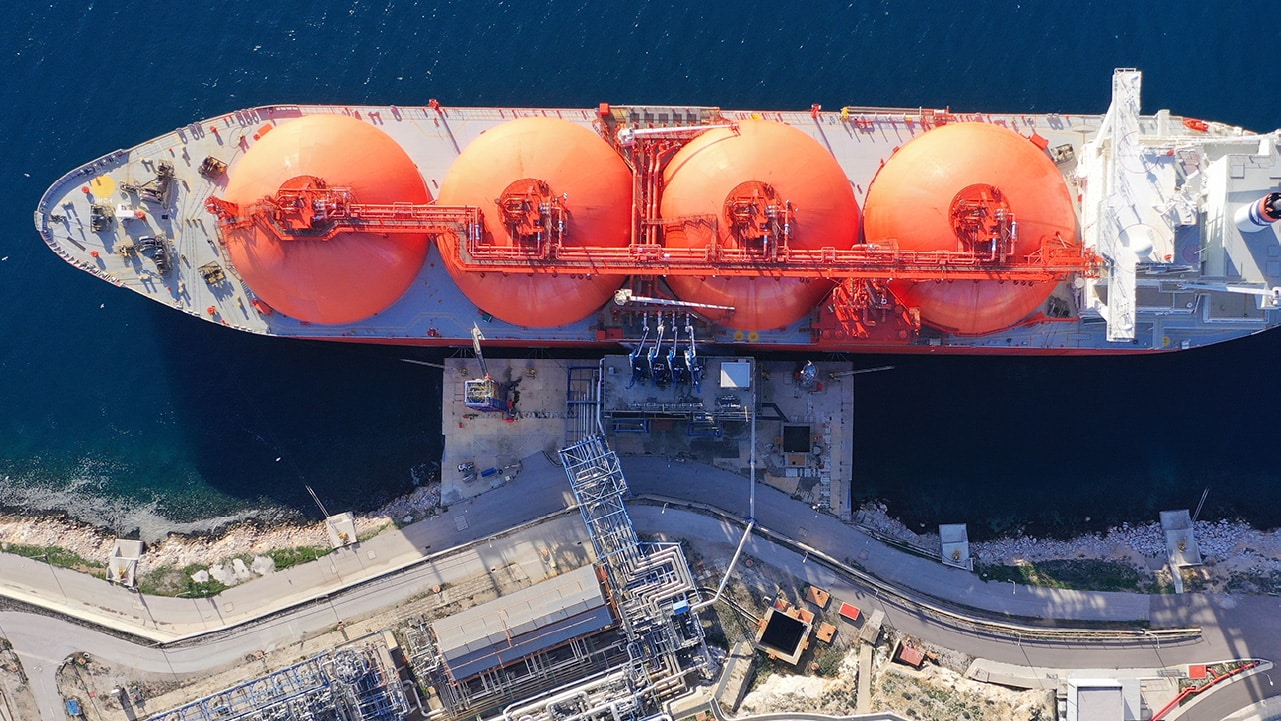ISO 5470 Abrasion Testing of Cargo Tank Surfaces
The ISO 5470 abrasion testing standard is a critical procedure for ensuring the durability and long-term integrity of cargo tank surfaces in marine environments. This test evaluates the resistance of coatings applied to cargo tanks against mechanical wear and abrasion, which are significant factors affecting the lifespan and operational efficiency of these vessels.
Marine cargo tanks are exposed to a variety of abrasive materials during loading and unloading operations, including various types of bulk solids such as grains, ore, coal, and cement. These materials can cause severe wear on tank surfaces over time, leading to reduced performance and increased maintenance costs if not properly addressed.
The ISO 5470 test simulates the abrasion that cargo tanks would experience in real-world conditions by subjecting a sample of the coating to repeated mechanical stress using an abrasive wheel. The results provide valuable insights into how well the coating will withstand the abrasive challenges it faces during its operational life. This information is crucial for quality managers, compliance officers, and R&D engineers who are responsible for ensuring that cargo tanks meet stringent performance standards.
The abrasion testing process typically involves preparing a sample of the tank coating to be tested, applying it according to manufacturer specifications, and then subjecting this sample to controlled abrasion using an ISO 5470-compliant apparatus. The test parameters are carefully set to replicate the specific conditions under which the coating will operate in real-world scenarios.
| Test Parameter | Description |
|---|---|
| Abrasive Wheel Type | The type of abrasive wheel used can significantly affect the test results. Common types include diamond wheels for hard materials and aluminum oxide for softer ones. |
| Wheel Speed | The speed at which the abrasive wheel rotates is crucial to achieving accurate and consistent abrasion rates. |
| Abrasion Distance | This refers to the distance over which the abrasion test is conducted. Longer distances can provide more realistic wear simulation. |
The acceptance criteria for ISO 5470 testing are based on the reduction in thickness or mass loss of the coating sample after undergoing the abrasion test. Compliance with these criteria ensures that the coating will perform reliably under operational conditions, thereby enhancing the overall safety and efficiency of marine cargo operations.
Benefits
The implementation of ISO 5470 abrasion testing offers numerous benefits to stakeholders involved in the design, procurement, and maintenance of marine cargo tanks. Firstly, it provides a standardized method for evaluating coating performance, ensuring consistency and reliability across different suppliers and manufacturers.
- Reduces operational downtime due to unexpected wear on tank surfaces.
- Promotes safer operations by minimizing risks associated with material leaks or structural integrity issues.
- Supports regulatory compliance through adherence to international standards like ISO 5470.
By incorporating this testing into their quality assurance processes, companies can achieve significant cost savings in the long term. Regular abrasion testing helps identify potential weaknesses early on, allowing for proactive maintenance and upgrades before they become critical problems.
Industry Applications
| Application Area | Description |
|---|---|
| Cargo Handling Facilities | Involves the loading and unloading of bulk goods into cargo tanks. The abrasion test ensures that coatings used in these facilities are robust enough to handle abrasive cargoes. |
| Marine Surveyors | Surveyors use ISO 5470 results to assess the current condition of tank coatings and recommend appropriate maintenance schedules or replacements. |
| Cargo Vessel Manufacturers | Manufacturers utilize these tests during the design phase to ensure that the chosen coatings will meet the required performance standards over the vessel's operational life. |
The abrasion testing of cargo tank surfaces is particularly important in industries where the handling and transportation of abrasive materials are common, such as mining, agriculture, and construction. By adhering to ISO 5470 standards, these sectors can enhance their operational efficiency while maintaining high safety standards.
Use Cases and Application Examples
- Cargo Vessel Maintenance: Regular abrasion testing helps determine the remaining lifespan of tank coatings, guiding maintenance teams to replace or repair deteriorating surfaces promptly.
- New Construction Projects: Before vessel delivery, contractors use ISO 5470 tests to verify that all coating applications meet specification requirements.
- Dry Bulk Handling: For facilities involved in handling dry bulk cargoes like grains and ores, abrasion testing is essential for ensuring the durability of storage tank linings.
| Cargo Type | Abrasion Test Outcome |
|---|---|
| Grains | Higher abrasion resistance required due to fine particles and frequent handling. |
| Ores | Moderate abrasion with occasional high impact, necessitating robust coating solutions. |
The results of ISO 5470 tests are crucial for making informed decisions about the type of coatings to use in different cargo handling environments. By selecting materials that perform well under these conditions, companies can extend the service life of their equipment and reduce maintenance costs.





